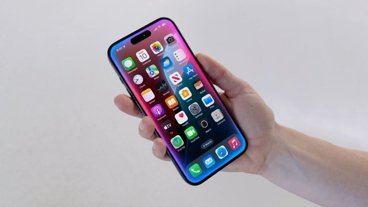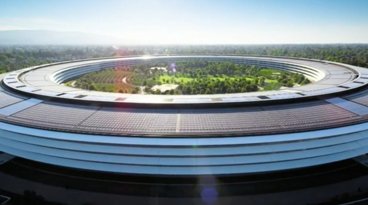Apple could sell more than 80 million iPhone devices in the busy holiday shopping quarter despite ongoing supply issues, according to investment bank Wedbush.
In a note to investors seen by AppleInsider, Wedbush lead analyst Daniel Ives writes that delivery times for Apple's iPhone 13 Pro are continuing to extend. Because of that, he believes demand is outstripping supply by about 15%.
"Despite the chip shortage and Rubik's Cube logistics that Apple (and every other technology, auto, and retail vendor) is dealing with we are seeing tremendous demand trends both in the US and China for iPhone 13 which is a positive sign that Apple could exceed selling 80 million iPhone units in the quarter with stronger Pro versions driving higher ASPs," Ives writes.
The analyst believes that Apple is on-track to sell around 40 million iPhone units between Black Friday and Christmas, which could represent a record holiday pace for the company.
In China alone, Ives adds, there are an estimated 15 million iPhone 13 upgraders. That could bode well for Apple in the critical region heading into 2022.
AirPods too will see a strong holiday quarter, the analyst says. He believes that the company could ship close to 100 million AirPods, and that the signs of strong holiday performance for the wireless headphones are already being seen.
Overall, Ives believes that the iPhone growth story will be a centerpiece of a broader boom in the company's hardware ecosystem, despite lingering chip supply concerns. Although the supply problems will be a "Grinch" this holiday season, Ives believes it will merely be a road bump in a multi-year super cycle.
Ives maintains his Apple price target of $185, which is based on a sum-of-the-parts valuation on the analysts 2022 estimates. That includes a 16x multiple on Services at $1.3 trillion and a 7x multiple on Apple's hardware business at $2.1 trillion.
 Mike Peterson
Mike Peterson-xl.jpg)


 Marko Zivkovic
Marko Zivkovic
 Mike Wuerthele
Mike Wuerthele
 Christine McKee
Christine McKee
 Amber Neely
Amber Neely
 Wesley Hilliard
Wesley Hilliard

 William Gallagher
William Gallagher










3 Comments
When Steve Jobs introduced the iPhone, I remember him saying that he was targeting 10% of the smartphone business. I think that the whole business was 10 million phones per year at the time and he was targeting 1 million phones per year. Now we are up to 80 million ... for just Apple's partial share ... in a single quarter.